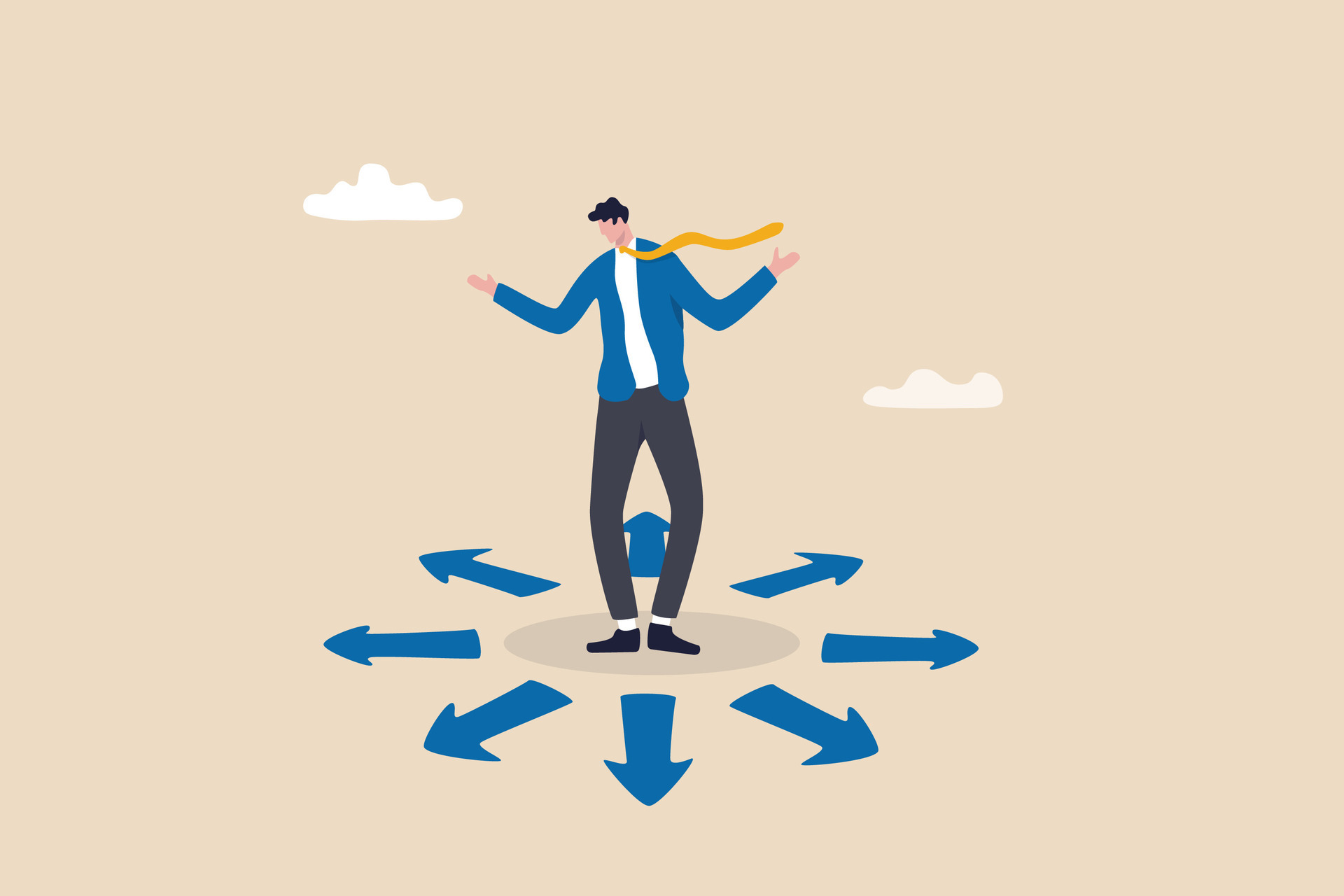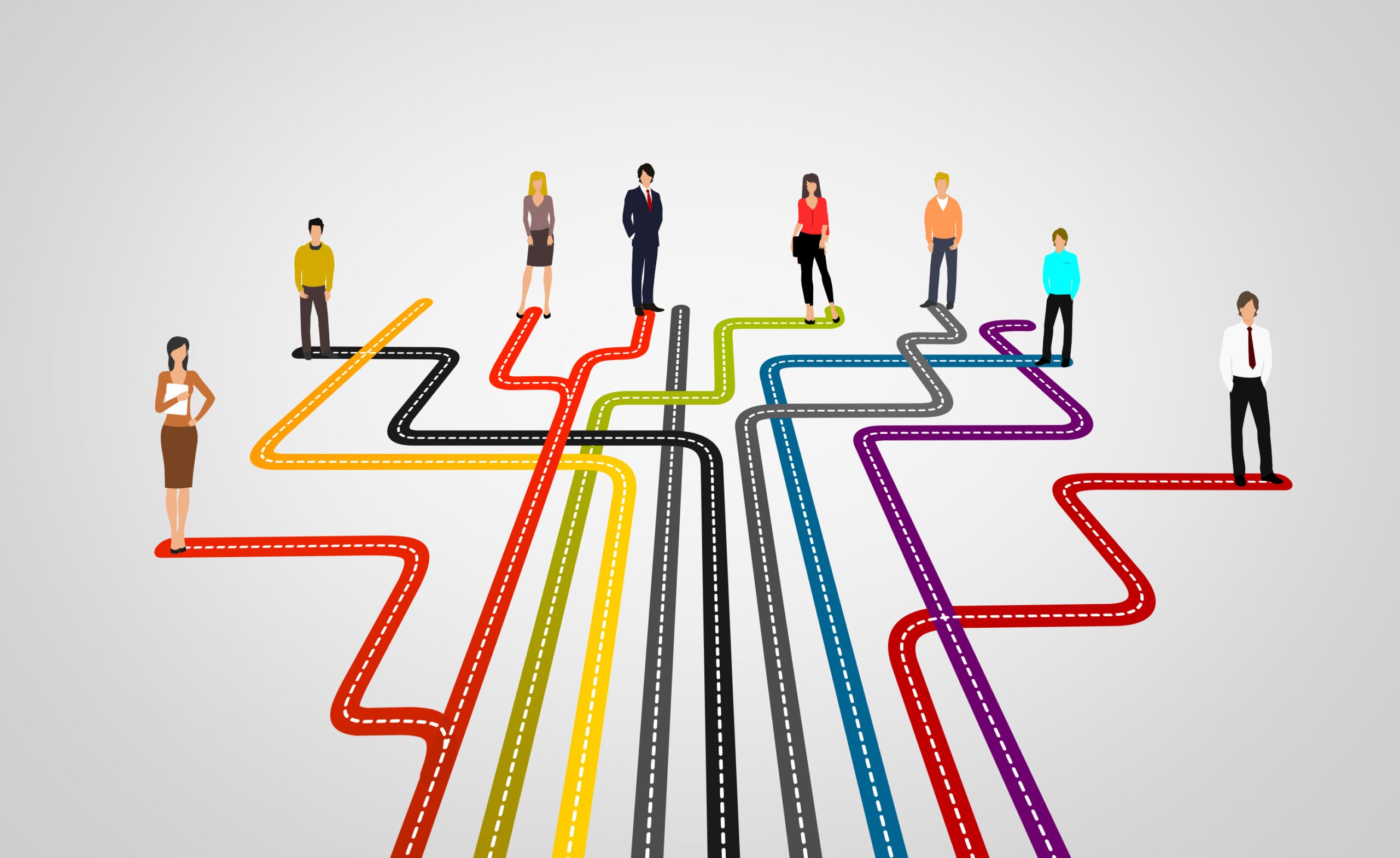How to Increase Productivity


Have you ever had the feeling that the day doesn’t have enough hours? You’re not by yourself. Being productive in the fast-paced world of today requires not only working harder but also working smarter. The never-ending struggle to accomplish more may be debilitating, whether you’re drowning in deadlines or finding it difficult to cross things off your daily to-do list.
The good news? You don’t need superhuman skills to increase your productivity. It involves comprehending and putting into practice tried-and-true methods that change the way you operate. There are doable actions you can do to significantly boost your productivity without sacrificing your sanity, such as learning time management skills or utilizing automation. We’ll look at five revolutionary ways to increase your productivity in this guide.
Time Management Mastery
Implementing the Pomodoro Technique
The Pomodoro Technique divides work into concentrated 25-minute blocks and is a highly effective productivity tool. Give yourself a 5-minute break, work diligently without distractions, and set a timer. Take a lengthier 15–30 minute rest to recover after four pomodoros. This method keeps productivity levels high throughout the day and avoids mental exhaustion.
Creating Effective To-Do Lists
Create intelligent to-do lists to increase your productivity. Use the urgent-important matrix to prioritize your work, keeping your daily list to three to five essential items. Use language that is action-oriented and divide complicated undertakings into smaller, more doable tasks. To keep your attention on high-impact tasks, go over and update your list every day.
Time Blocking Strategies
Set up particular time slots for various kinds of work. To reduce context switching, arrange related work together and devote your most productive hours to difficult jobs. Set aside time slots for unbroken, in-depth work and shield them from needless disruptions.
Eliminating Time-Wasting Activities
Determine and get rid of things that kill productivity, such using social media excessively, holding pointless meetings, and constantly checking your email. Employ a two-minute rule for short activities, employ website blockers during concentrated work hours, and batch process emails at predetermined times.
Workspace Optimization
Organizing Your Desk for Efficiency
A desk devoid of clutter is necessary for maximum efficiency. Use the “zones” approach to arrange things and keep only the necessities for each day within easy reach. Make three separate spaces: a reference area for things that are rarely used, a secondary area for products that are infrequently needed, and a primary location for chores that must be completed right away. To make the most of desk space while keeping things organized, use vertical space with shelving or monitor stands.
Setting Up an Ergonomic Environment
Both long-term health and productivity are greatly impacted by proper ergonomics. To lessen neck discomfort, place your display at eye level and arm’s length. Invest in a high-quality chair with lumbar support and height adjustment to promote good posture. Maintain a straight and supported wrist position while holding your keyboard and mouse at elbow height. To lessen eye strain, make sure there is enough lighting, ideally from both artificial and natural sources.
Managing Digital Clutter
Just as important as managing a physical office is digital organizing. Establish a uniform folder structure and file naming scheme for all devices. Organizing browser bookmarks, managing email inboxes, and regularly cleaning the desktop can all greatly lessen mental strain. Maintain synchronized files across devices by using cloud storage services, and guard against data loss by putting in place a regular backup system.
Focus Enhancement
Minimizing Distractions
There are diversions everywhere in the current digital era. Determine your primary sources of distraction and take steps to eradicate them. Use website blockers and turn off unnecessary notifications on your gadgets when working intently. Establish a “do not disturb” policy for both physical and digital disruptions.
Single-tasking vs. Multitasking
Despite its seeming efficiency, multitasking has been shown to lower productivity by as much as 40%. By allocating uninterrupted time periods to a single job, you may embrace single-tasking. This method enables your brain to focus deeply, producing work of a higher caliber and finishing it more quickly.
Using Productivity Apps
Instead than making it harder to focus, use technology to help you focus. Distractions can be tracked and blocked by apps like RescueTime, Freedom, and Forest. To ensure regular breaks and focused work intervals, use Pomodoro timer apps.
Developing Mindfulness Habits
Use mindfulness exercises to improve your ability to concentrate. Try mindful breathing techniques in between jobs or start with quick meditation sessions before work. These exercises help you focus better and restore your mental state.
Setting Boundaries with Colleagues
Clearly define communication guidelines for team members. Utilize status indicators on messaging apps and establish designated “focus hours” when distractions are at their lowest. To preserve workflow integrity, establish a system for separating urgent from non-urgent requests.
Energy Management
Optimizing Sleep Patterns
For optimal productivity, sleep patterns must be maintained. Create a consistent bedtime routine to help you get the 7–9 hours of good sleep you need. At least one hour before going to bed, turn down the lights and stay away from electronics that emit blue light. Establish a comfortable sleeping environment with low noise levels and a cool temperature (around 65 to 68°F).
Strategic Break Scheduling
Use the Pomodoro Technique by working in concentrated 25-minute blocks and taking 5-minute breaks. Take a lengthier 15–30 minute break after four workouts. Engage in energy-boosting activities during these intervals, such as stretching, deep breathing, or a quick stroll. Throughout the day, this rhythm keeps the mind active.
Nutrition for Sustained Focus
Give your body the nourishment it needs to function. Eat protein and complex carbs first thing in the morning. To enhance brain function, incorporate meals high in omega-3 fatty acids, such as nuts and seafood. Avoid big meals that can trigger energy dumps and stay hydrated by drinking water on a regular basis. To avoid disrupting your sleep, carefully consider when to consume coffee and limit it to the morning.
Automation and Systems
Creating Workflow Templates
Create thorough process templates to streamline repetitive operations. Begin by determining which procedures you use frequently in your day-to-day work and carefully record each step. To ensure consistency and lessen decision fatigue, use uniform templates with Asana or Trello.
Using Productivity Tools
Automate repetitive jobs with technology. While RPA (Robotic Process Automation) solutions manage repetitive tasks, tools such as Zapier can link several apps. Use project management software to automate status updates and monitor progress. Focused work intervals can be automatically scheduled with calendar blocking solutions.
Delegating Effectively
Develop your delegation skills by outlining duties and expectations precisely. Assign tasks and monitor progress with task management software. Create unambiguous routes of communication and conduct frequent check-ins. Recall that the goal of effective delegation is to empower people while upholding standards of quality, not to unload work.
Building Helpful Habits
Create systems that facilitate automated actions. Begin with simple, manageable routines and work your way up to more difficult ones. To keep track of your progress and stay accountable, use habit-tracking applications. Establish triggers that will start productive routines on their own, including end-of-day reviews or morning planning sessions.
Your productivity will significantly increase now that you’ve implemented these automated tactics. Together, these systems produce a smooth process that lowers mental strain and improves output quality. For optimum effectiveness, don’t forget to evaluate and improve your systems on a regular basis.
It’s not enough to work harder; you also need to work smarter by managing your time well, organizing your workspace, improving your focus, managing your energy, and strategically automating tasks. You may maintain a healthy work-life balance and greatly increase your daily output by putting these fundamental ideas into practice.
Whether it’s arranging your workstation, removing distractions, or creating your first automated routine, start with little adjustments today. Recall that increasing productivity is a process rather than a final goal. Finding the optimum combination of tactics for you and following it consistently are crucial. Aara Consultancy may assist you with profile building, where you will receive recommendations for extracurricular activities, internships, and other opportunities based on your interests and future goals.
We provide 360° Solution for your Education Needs. Contact us






